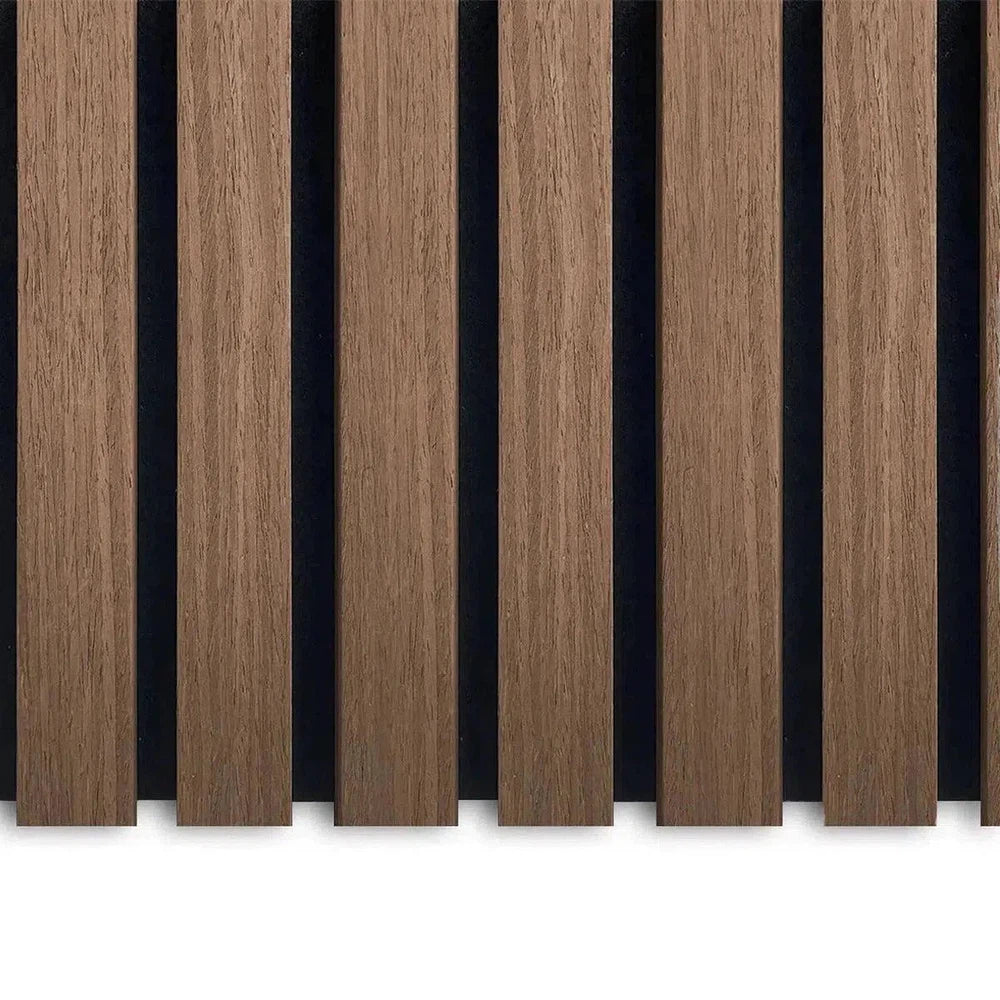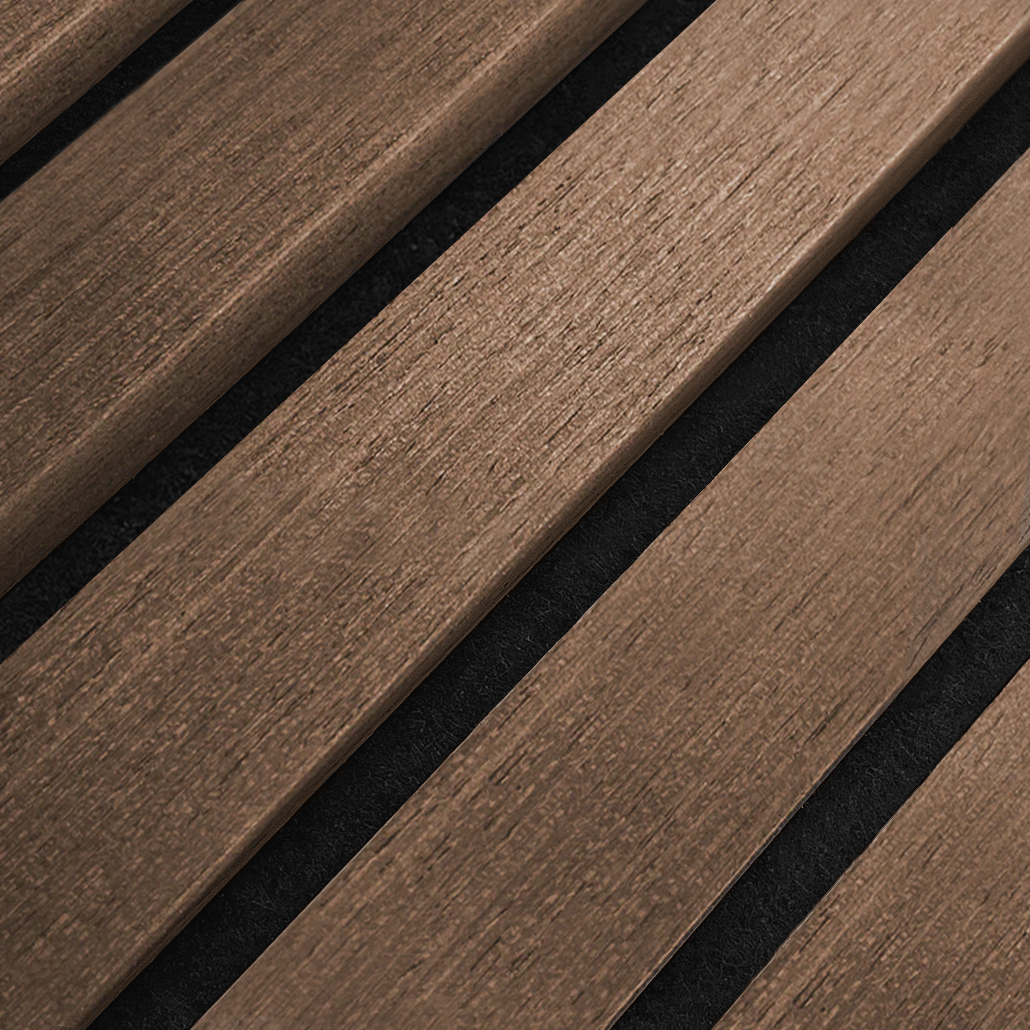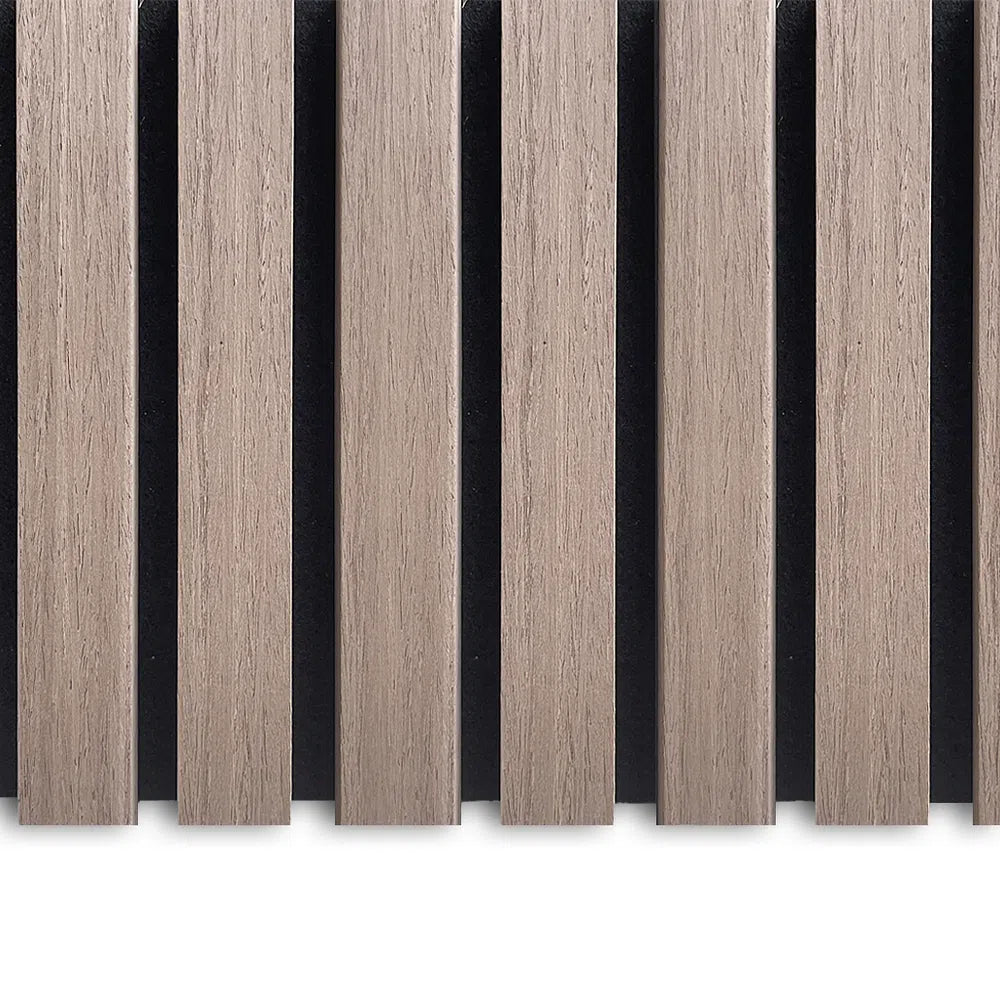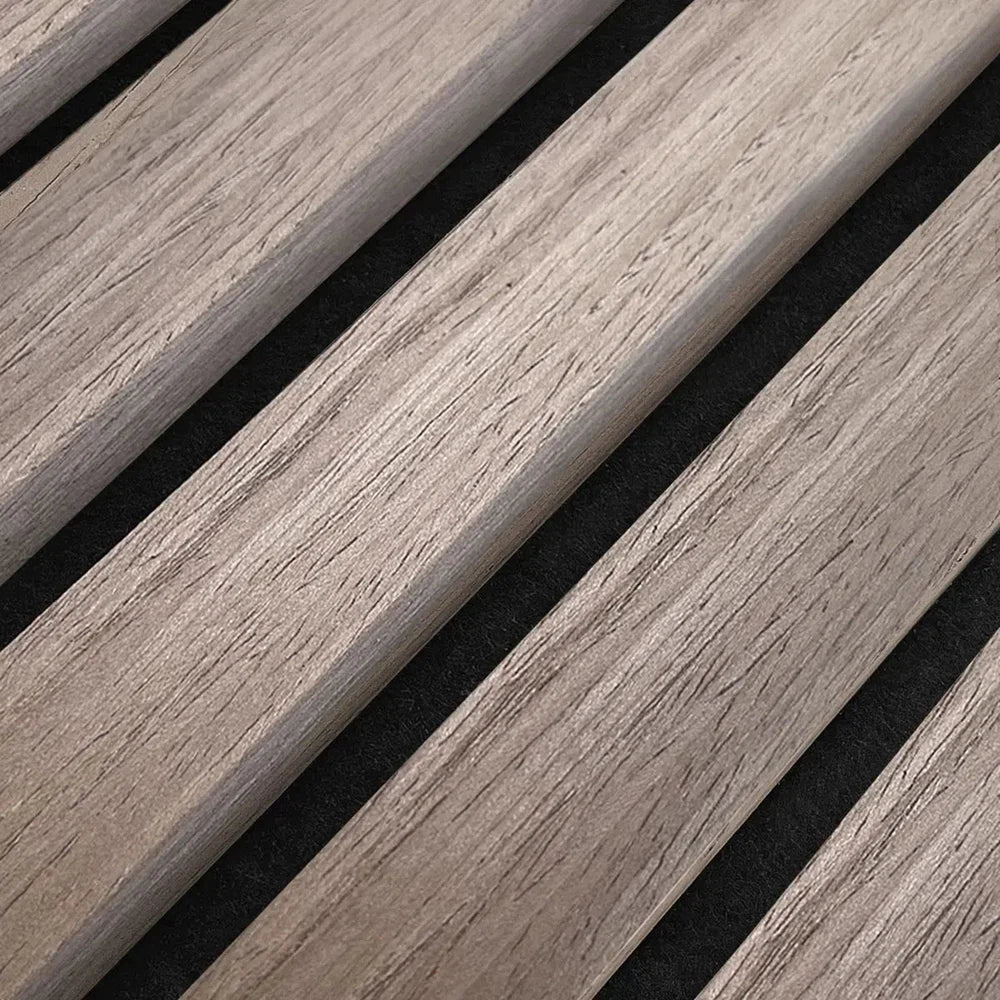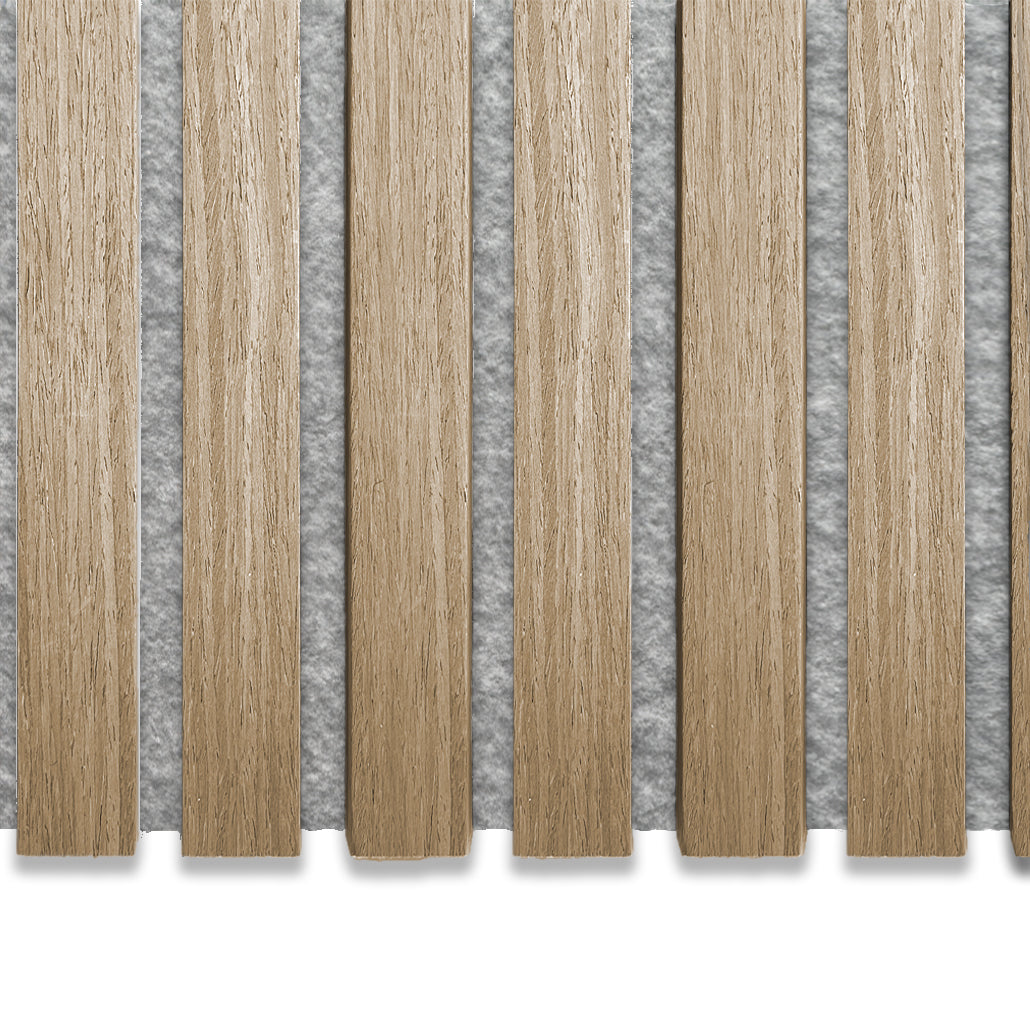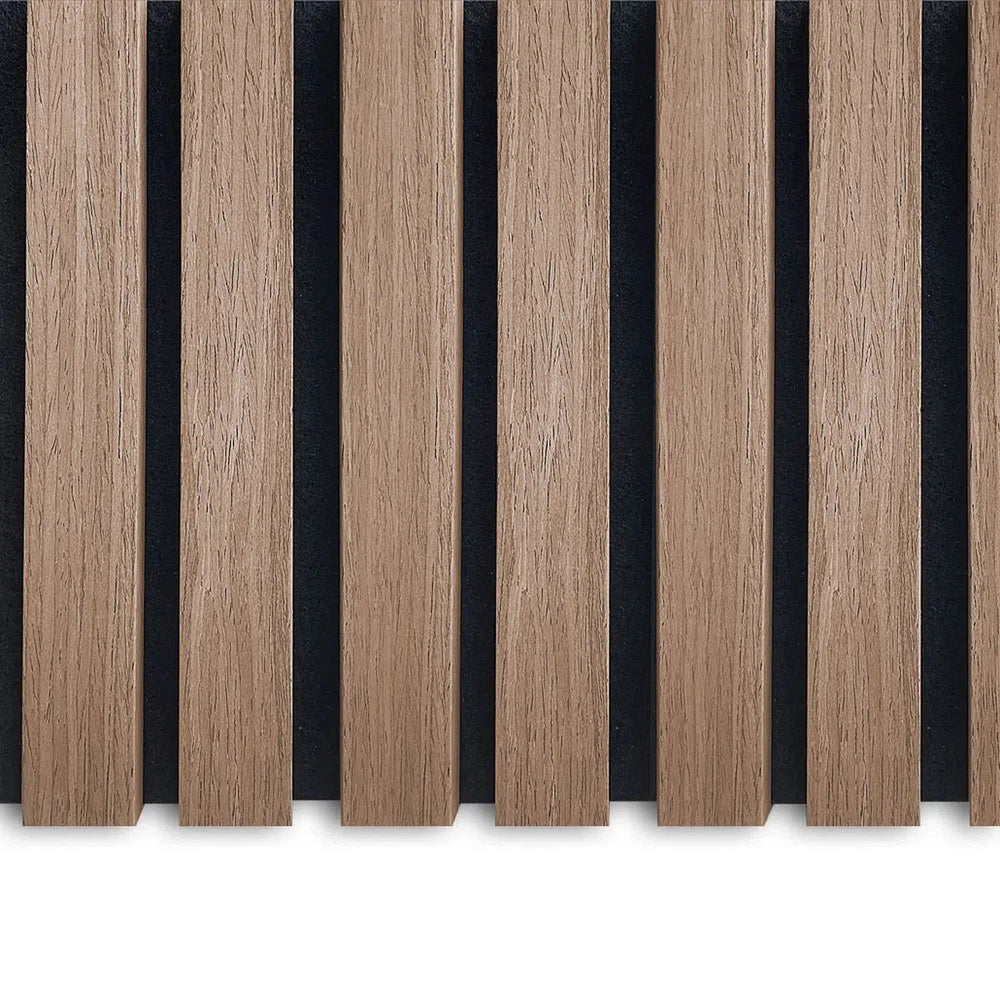Are you struggling to hear guests in your home, understand TV programs, or cope with the noise from your children playing? If you love your minimalist interior but the echoes are driving you crazy, you're probably dealing with poor acoustics. In this article, you'll find 3 tips to enhance indoor acoustics.
Echoes are caused by sound reverberating against bare walls and floors. This effect is amplified with stone or wooden floors, large windows, plastered walls, and concrete surfaces. With each reverberation, a portion of the sound is absorbed by the wall or floor until it's all absorbed. This makes the effect even worse in larger rooms.
What makes echoes particularly tiresome is how our brains filter sound. For instance, if you're talking to someone in a restaurant, your brain ensures that the surrounding noise gets filtered. This also occurs in a house with reverberation, which can be exhausting. Aside from acoustic wooden wall panels, there are several other ways to improve indoor acoustics.
Large or high windows can cause sounds to reverberate and create echoes. Hang some stylish curtains to absorb sound and reduce this effect.
Carpets not only look great but they also absorb and muffle sound. Enjoy a sleek and noise-free floor with the help of a carpet.
An attractive and effective solution, especially for minimalist interiors, is acoustic wall panels. These sound-absorbing panels improve acoustics in your living room, bedroom, or office. Choose from a single panel, multiple panels, or cover an entire wall or ceiling. Install the panels in areas where noise disturbance is highest, such as above your dining table or couch.
In a small kitchen, cooking sounds can easily reverberate. To improve acoustics in your kitchen, hang panels on the ceiling.





